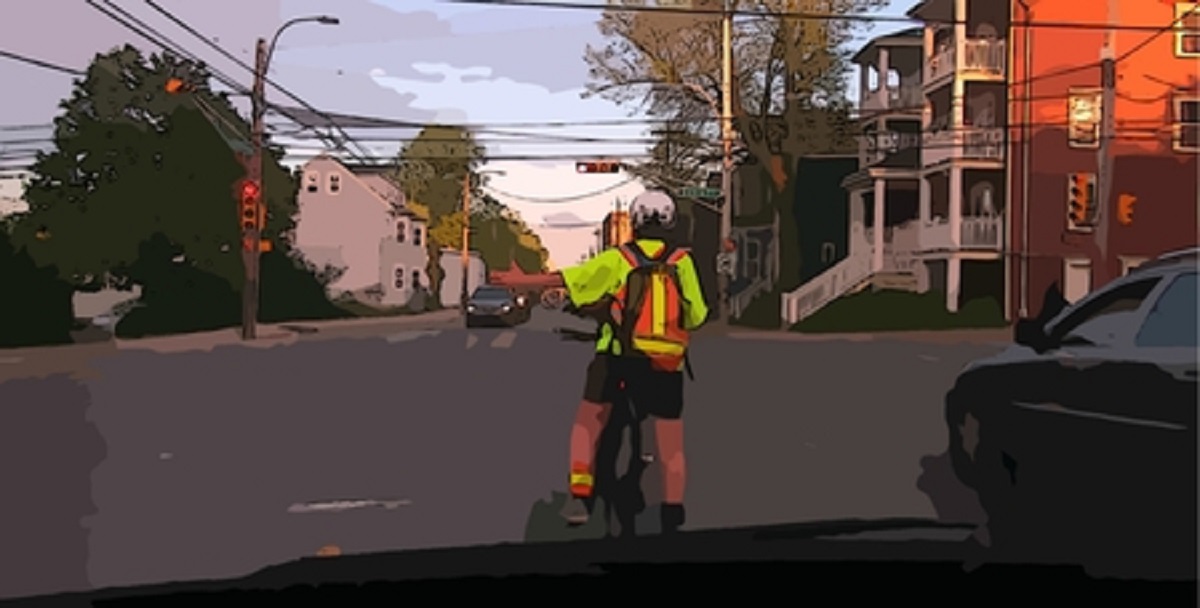No Need to be Confused by Flashing Arrows
In December 2009, after extensive testing, the Federal Highway Administration authorized the use of flashing yellow arrows in traffic lights nationwide. A study conducted by the National Cooperative Highway Research Program determined that drivers could experience fewer crashes with the flashing yellow turn signal than with the traditional yield on green signal.
Flashing yellow arrow signals are featured in addition to the standard red, yellow, and green arrows. When illuminated, the flashing yellow arrow allows yielding motorists to make a left hand turn in oncoming traffic. Drivers make fewer mistakes and keep motorists safe during heavy traffic while reducing delays during light traffic. Most drivers find the flashing yellow arrow easier to comprehend than the yield on green light.
When a flashing yellow light is displayed, left turns are permitted but with caution. Drivers and bicyclists must wait behind the stop bar/crosswalk while watching for an appropriate time to turn into traffic. Waiting behind the stop bar/ crosswalk during a flashing yellow arrow ensures that the vehicle or bicycle is detected by the signal’s sensor equipment. This can provide a green arrow at the end of the cycle or at the start of the next cycle in case traffic never permits a safe turn. Drivers and bicyclists need to yield to oncoming motorists, bicyclists, and pedestrians before proceeding. Drivers should not wait in the intersection for a traffic gap as this can obstruct cross traffic and can allow a citable traffic offense.
There are more opportunities to make a left turn with the flashing yellow arrow than with the other traditional red, yellow, and green indications. More traffic signals are using the cautionary light. The new traffic signals provide engineers with more options to handle variable traffic volumes. So far, the flashing yellow arrow has been shown to have several benefits including minimizing delays and enhancing safety.
A left turn can be challenging for most drivers, and a wider variety of signals can better inform drivers when they can safely turn as compared to previous limited options. These new signals provide additional opportunities for drivers to make safer left turns than traditional signals—most newly installed traffic signals have the flashing yellow arrow as an option. The light may be used at any intersection at any time, but it is more often used during lower traffic volumes, lower speeds, and other favorable conditions.
Think you or someone you know is in need of Behind the Wheel Training? Training Wheels is a Northfield driving school specializing in teaching new teen drivers how to stay safe on the road. For more information on our lessons, please click here.
Copyright: johnmaloneartist / 123RF Stock Photo

